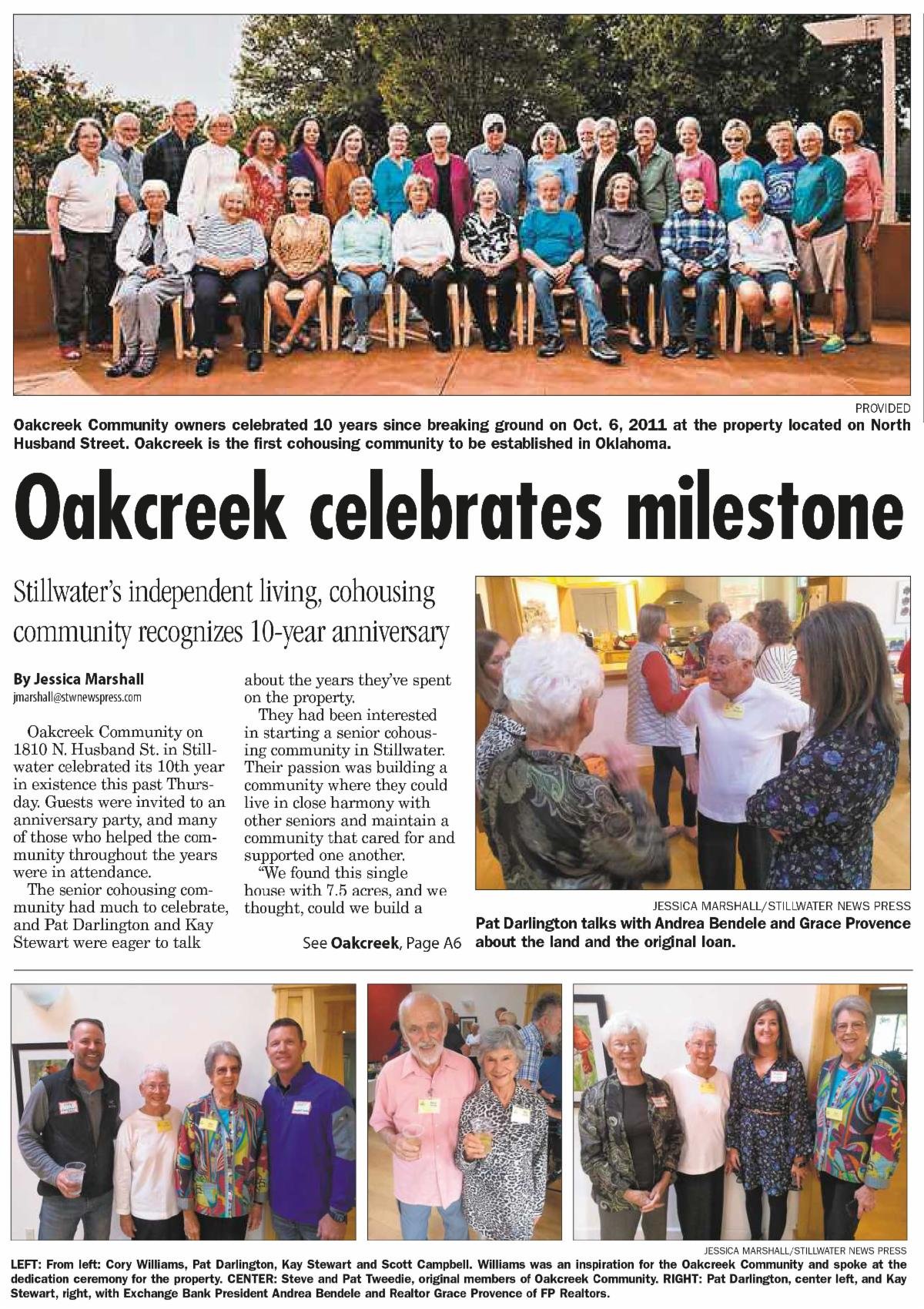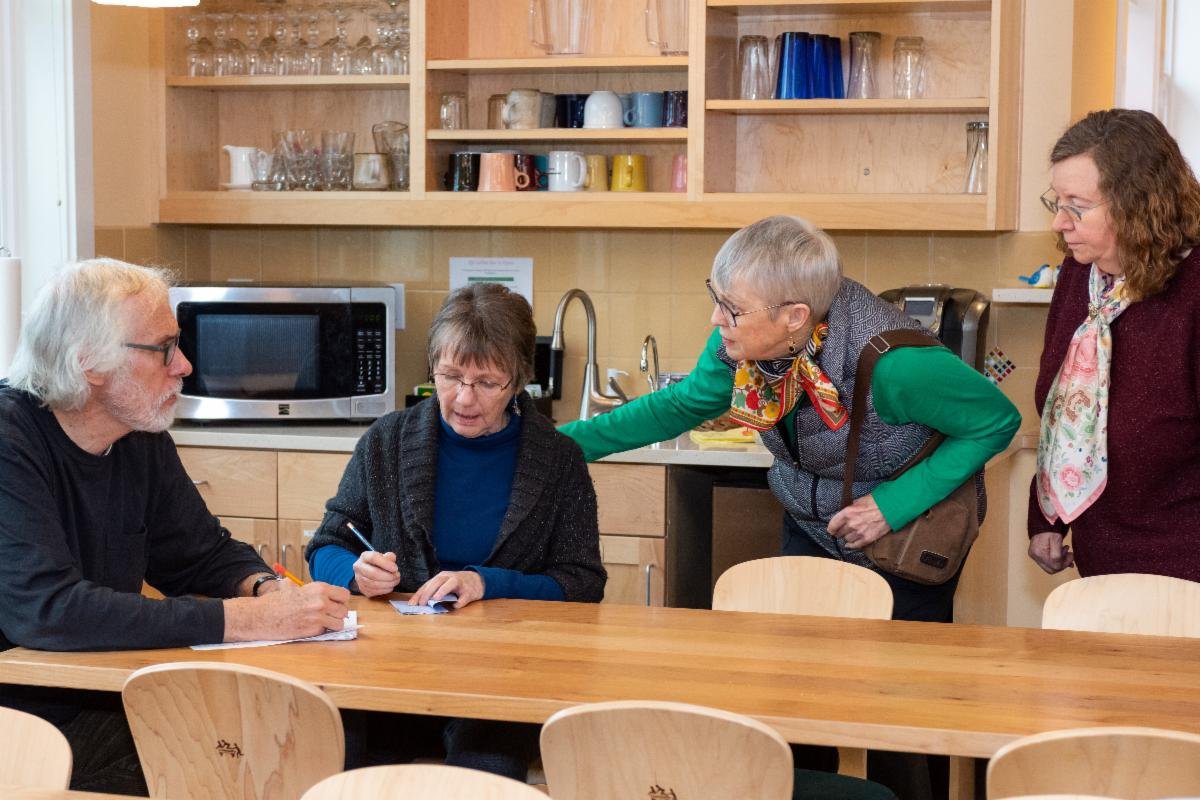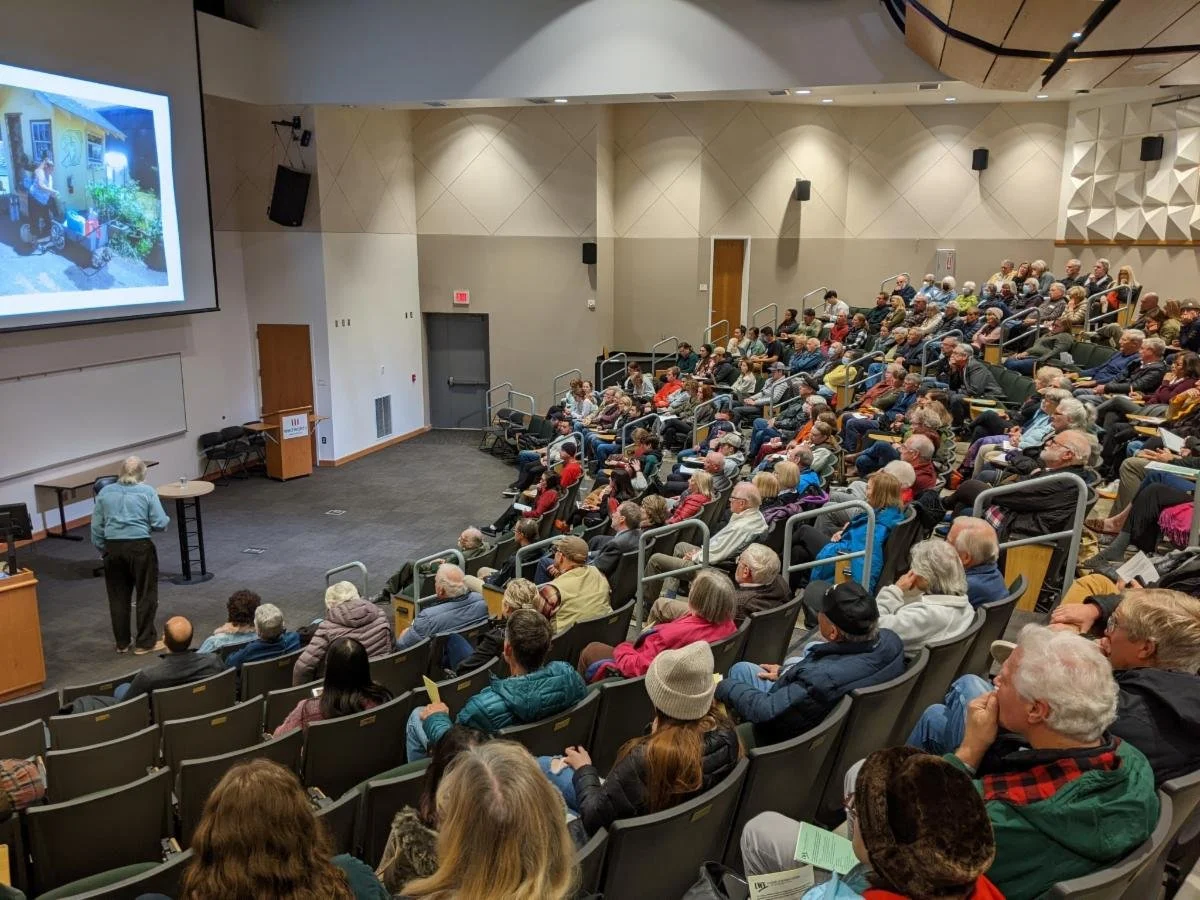Basztowa Center Childcare Rehabilitation
Have you been listening to NPR?
Clearly the Russians are attempting to eliminate the Ukrainians. Clearly, they just want the territory—they don’t care if there are any people there or not when they finish.
They are only waiting for the Ukrainians to leave due to cold, dark nights or to be killed off. So, for now, millions of Ukrainians continue to flow over the Poland border. The finishing touches on our final classroom in the Polish city of Przemyśl will be completed this month. This is a city close enough to the Ukrainian boarder to accommodate refugees walking out of the country, and at the same time close enough to hear the echoing of Russian bombs. Ninety percent of the refugees are women and children.
Our office has spent November designing and drawing places for young children to grow and be nurtured—in a setting that can only be otherwise described as chaos. As of today, too many children have died in Ukraine due to Russian bombs, artillery, tanks, and bullets. Moms and Dads are not going to let their children be a part of this genocide and are removing their children from these risks every day. These kids have already seen too much. While there, I saw that in their eyes.
After many conversations with Polish politicians, we introduced building childcare centers in Poland for the Ukrainian refugees last May. That is what politicians indicated as critical but not otherwise being provided. We have competent builders finishing this last classroom now, but our most significant volunteer, Ben Davies, returned to Poland last week for a couple of weeks to finish the furniture (lofts, platforms, bookshelves, cubbies, and art easels). More children will soon come over the border and many more childcare centers will need to be built.
While I’m not sure that I will go back after a month there—the need for architects there is vast, especially if you can get your hands dirty—like it will be in Ukraine when that whole disaster is over. And they will, as we did, be able to use volunteers of every sort. We have had 60 volunteers so far, and they were all essential. Your generous donations are what of course made all of this possible, and we are so grateful!
So let your architect friends know that there is stuff to do in Poland—which will have a positive impact on these young, impressionable, and deserving lives.
The kids are ever present with our work in Poland. "Organizing, cleaning, hauling" and other fun stuff. They really love the new drawing above because now they know what their new environment is going to look like.












